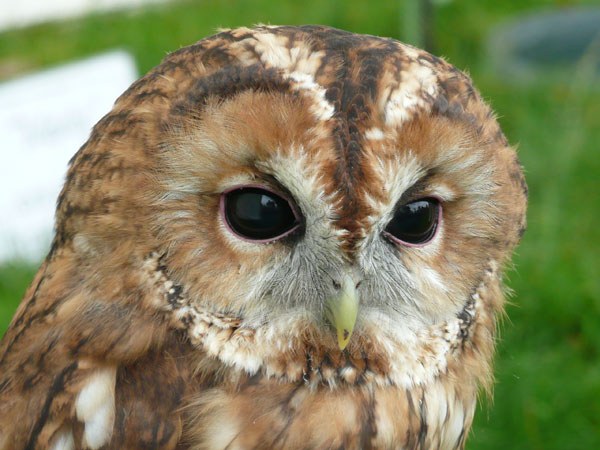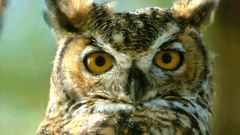Owl: hunting features
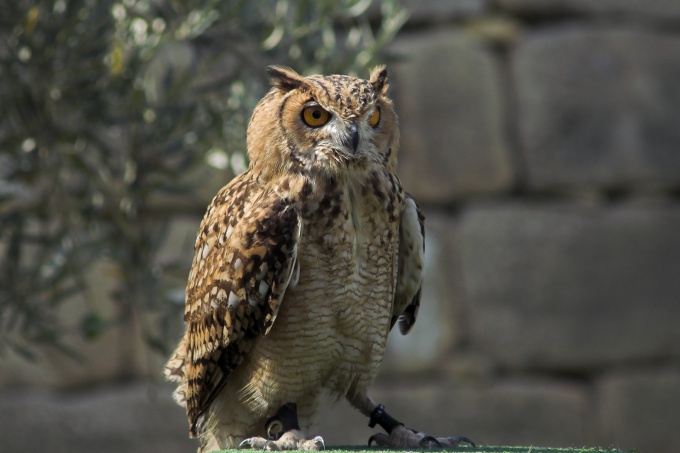
Owls and owl - not only birds, producing their own food at night. Duck hunt at night, nightjars, some waders, and each of these birds, a mechanism that allows you to search for prey in the dark, relying not only on sight, debugged on its own. Ducks, for example, helps the sense of smell, and the owl - sharp hearing. In fact, if the bird is on the hunt relied mostly on vision, it often would remain hungry - for example, on a moonless or cloudy nights. Indeed, in absolute darkness can not see no one, not even an owl.
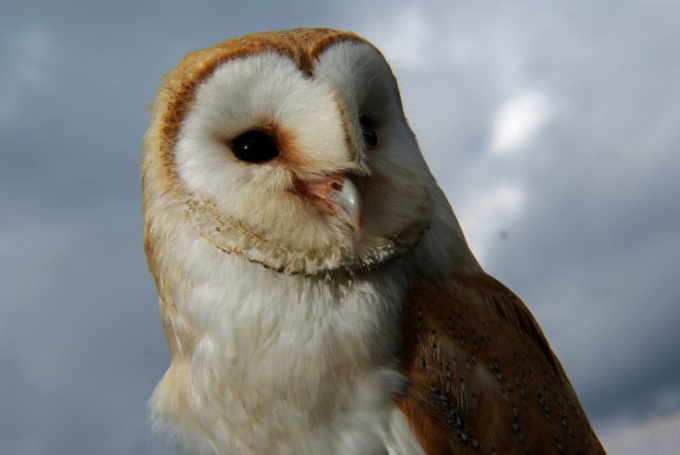
Experimentally proved that the owl will not be able to catch a moving in the dark prey, if you will not hear its characteristic sound. Mouse running in a dark room on the surface, masking steps will be for the birds invisible. But to look for food, focusing solely on the sound, the owl just might, as evidenced by cases of survival in nature is absolutely blind owls. Also thanks to the acute hearing, the owl is able to accurately track the movement of mice beneath the snow and is easy to catch them.

Why the owl does not hunt by day, using his hearing? In fact, this bird, contrary to popular belief, day see well. Just night, she is gaining some advantage over their prey, which is not so well-versed in the dark. So the day of the owl prefers to sleep after the "night shift" in some secluded corner where it won't disturb you.
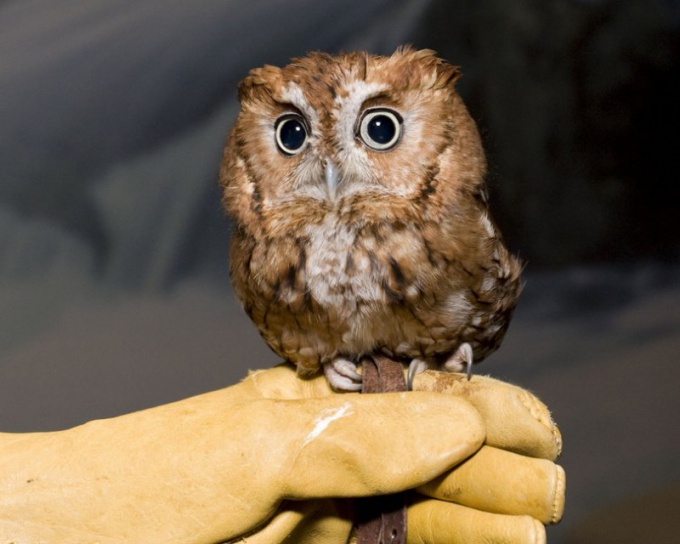
The differences of the auditory organ of an owl

The organ of hearing in owls is unique. Such devices none of the other birds. With the help of the skin folds around the auditory openings owls formed a likeness of the ear, and growing in a special way the feathers create something like a horn. Moreover, bunches of feathers resembling ears, which are one of a kind owls, nicknamed "big-eared". there is just nothing. Hearing reinforce those feathers that surround the "facial disk of an owl. Due to the peculiarities of location of these feathers, the owl hear better those sounds that are heard behind her. But it is not for her inconvenience, because the owl can turn his head almost 180 degrees.
Another feature of the "ears" of the owl is their asymmetry. The axis of the auditory holes can be positioned at different angles and diverge in different directions, which allows the owl to accurately grasp the location of the sound source. It is for this owls are so funny I bow my head to one side, turning it at different angles.
In addition, acute hearing owl provides increased eardrum whose area is approximately 50 square millimeters. A chicken, for example, it is twice less. Eardrum owl also has a bulge in the shape of a tent, which further enhances its sensitivity. But the external organs of hearing is not all that makes the owl ideal as a night hunter, after all, even the auditory nerves, she is much more complex and better developed than other birds.
So well-known metaphor, "deaf as tererev" it is quite possible to oppose the phrase "hears the owl". But envy the owls in this regard is not: so acute human hearing would cause inconvenience. People for a successful and busy life don't have to hear you run your mouse under the snow!
